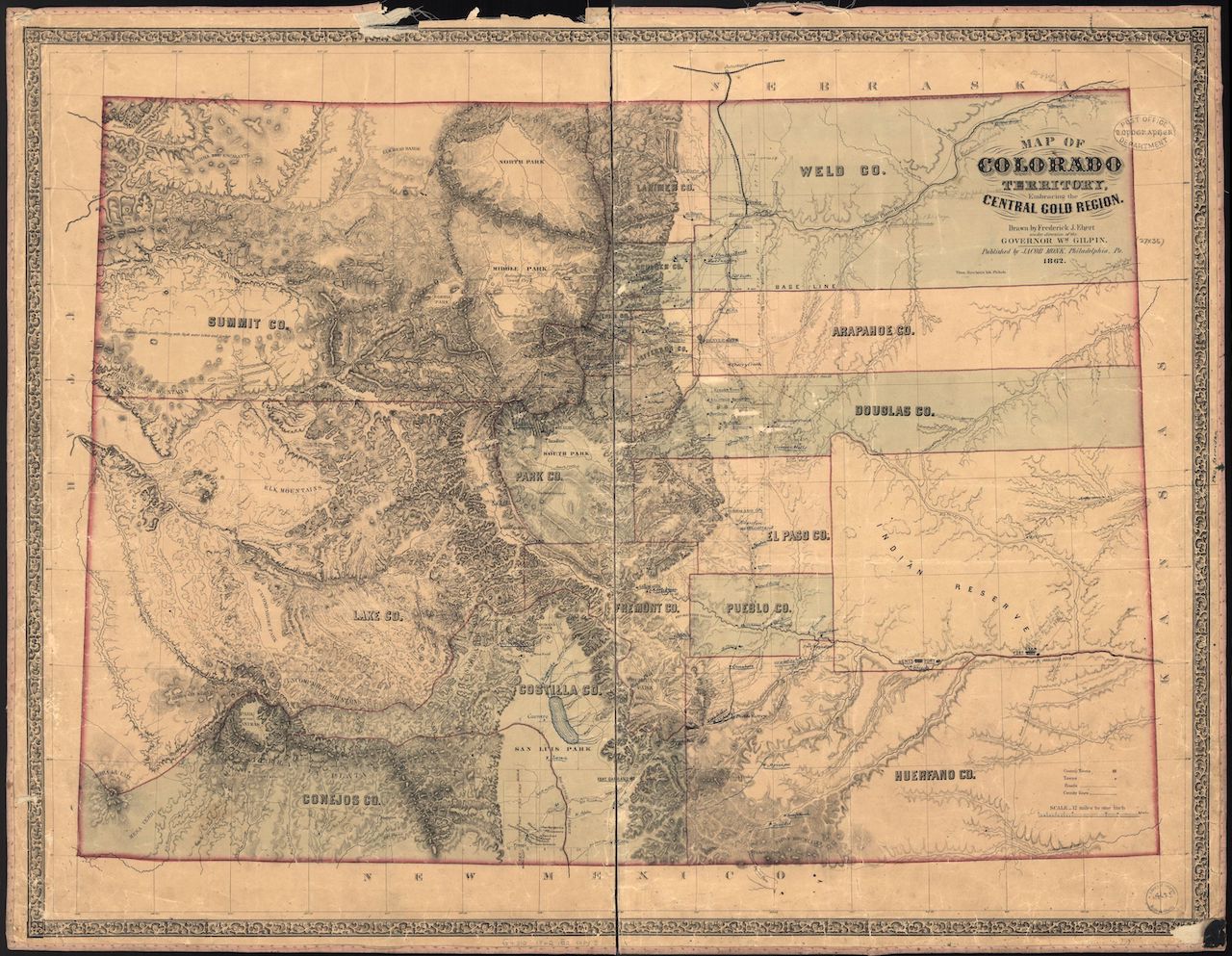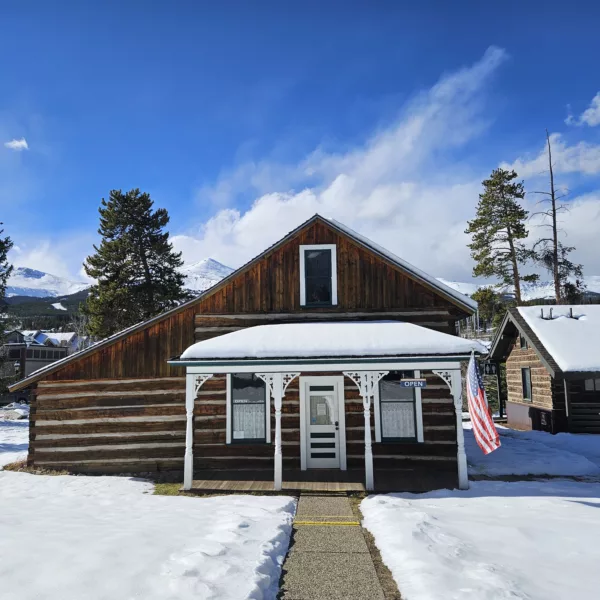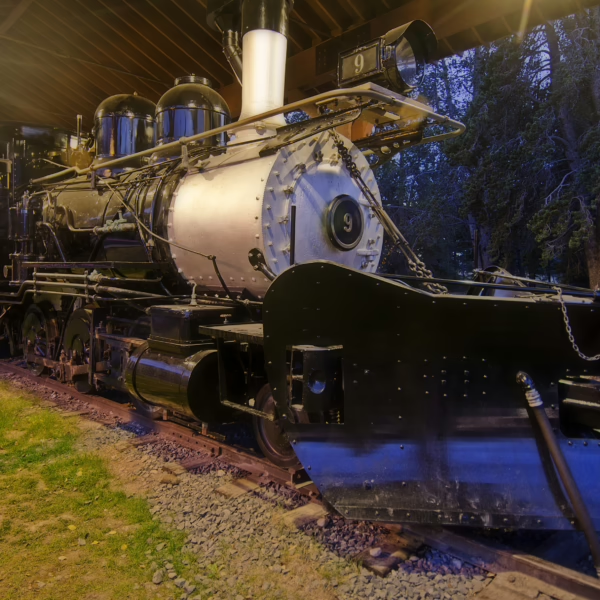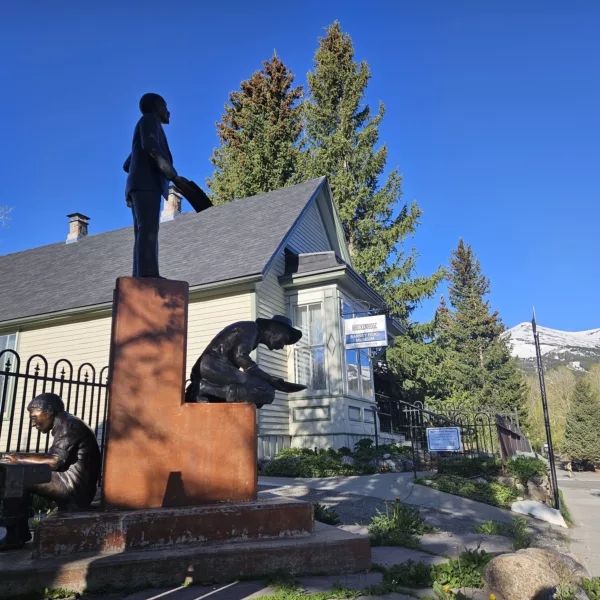Límites del condado de Summit
April 08, 2022 | Category: Historia de Breckenridge
 Antes de la creación del Territorio de Colorado, la tierra que se convirtió en Colorado estaba dividida entre los territorios de Kansas, Nebraska, Nuevo México y Utah. La tierra al oeste de la División Continental, incluyendo lo que se convirtió en el Condado de Summit, pertenecía al Territorio de Utah. La Primera Asamblea Legislativa de Colorado aprobó una ley titulada "Ley para definir los límites de los condados y ubicar las sedes de los condados en el Territorio de Colorado", el 1 de noviembre de 1861. La ley estableció los límites del condado de Summit como la divisoria continental al este, el condado de Lake al sur y, al norte y al oeste, los límites territoriales. Así, el condado original de Summit en 1861 incluía aproximadamente una sexta parte del Territorio de Colorado.
Antes de la creación del Territorio de Colorado, la tierra que se convirtió en Colorado estaba dividida entre los territorios de Kansas, Nebraska, Nuevo México y Utah. La tierra al oeste de la División Continental, incluyendo lo que se convirtió en el Condado de Summit, pertenecía al Territorio de Utah. La Primera Asamblea Legislativa de Colorado aprobó una ley titulada "Ley para definir los límites de los condados y ubicar las sedes de los condados en el Territorio de Colorado", el 1 de noviembre de 1861. La ley estableció los límites del condado de Summit como la divisoria continental al este, el condado de Lake al sur y, al norte y al oeste, los límites territoriales. Así, el condado original de Summit en 1861 incluía aproximadamente una sexta parte del Territorio de Colorado.
Desde entonces se han formado siete condados a partir del original y el actual condado de Summit se convirtió en el más pequeño de los siete.
En 1874, la legislatura dividió el condado de Summit en los condados de Summit y Grand. En 1877, los límites del condado de Summit siguieron siendo los mismos, mientras que la Legislatura dividió el condado de Grand en los condados de Grand y Routt. En 1883, los condados de Routt y Grand permanecieron iguales, pero la Legislatura separó los condados de Garfield y Eagle del condado de Summit, dando a Summit sus límites actuales. En 1899, la Legislatura dividió el condado de Garfield en los condados de Garfield y Río Blanco. En 1911, Routt fue dividido y se creó el condado de Moffet. Por lo tanto, el condado original de Summit se convirtió en siete condados: Moffat Routt, Grand, Rio Blanco, Garfield, Eagle y Summit.
La legislatura eligió Park City, cerca de la desembocadura del Georgia Gulch, como primera sede del condado. La "ciudad", con una población estimada de varios miles de habitantes, disfrutó de este honor hasta enero de 1862, cuando los comisionados del condado decidieron trasladar la sede del condado a Breckenridge. El traslado se produjo gradualmente. Las actas del condado indican que los comisionados se reunieron tanto en Parkville como en Breckenridge desde abril de 1862 hasta junio de 1864. Después de eso, los comisionados se reunieron en Breckenridge.
La ubicación de la sede del condado se volvió a cuestionar en 1882 cuando tanto Dillon como Frisco intentaron quitarle la designación a Breckenridge. Basándose en su situación geográfica en el centro del condado y la llegada de ambos ferrocarriles, algunos residentes de Frisco consideraron que su ciudad debía ser la sede del condado. La ubicación de Frisco la situaba cerca de las minas de Ten Mile y Upper Ten Mile.
Breckenridge contraatacó, señalando la ubicación de la ciudad cerca del centro de la población del condado, su tamaño y el hecho de que la ciudad ya tenía los edificios del condado. Disponía de excelentes alojamientos para quienes realizaban negocios con los tribunales y oficinas del condado y de personas cualificadas para formar parte de los jurados. El traslado de las oficinas del condado exigiría la construcción innecesaria de nuevos edificios. Cuando Dillon prometió erigir los edificios del condado necesarios por un coste inferior a 800 dólares, Breckenridge recordó a Dillon que aún no tenía ferrocarril; el ferrocarril siempre podía cambiar sus planes.
Dillon recibió 1.011 votos; Breckenridge, 832; y Frisco, 285. Debido a que Dillon no recibió los dos tercios de los votos necesarios para que se produjera el traslado, Breckenridge conservó las oficinas del condado. El editor del Montezuma Millrun predijo la desaparición de Breckenridge después de las elecciones: "la sede del condado se perdería en cuatro años y los valores inmobiliarios caerían. Nadie se establecería en Breckenridge y los que quedaran desearían haber dejado ir la sede del condado".
escrito por Sandra F. Mather, PhD




